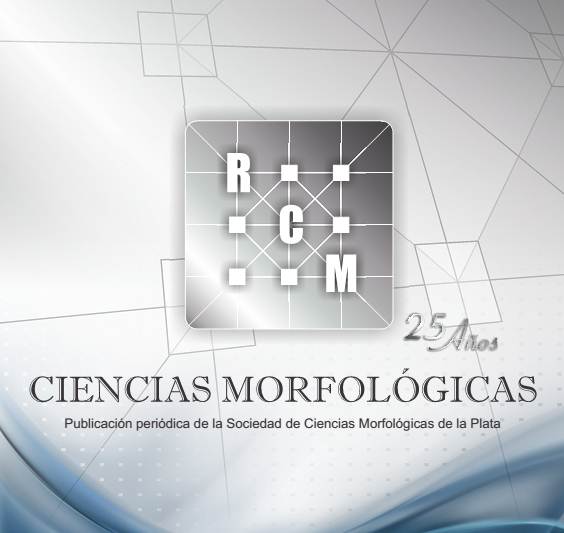Periodontal disease treatment in dogs: comparison of the effectiveness of cavitator, curettage and dental polishing
Abstract
The aim of the study was to compare the effectiveness of the instruments most commonly used in veterinary medicine for cleaning the root surface. 28 dog teeth roots involved in severe periodontal disease and with a minimum of 3 mm gingival retraction were used. The roots were divided into 4 equal groups, applying to each a different cleaning treatment: ultrasonic scaler and curettage methods, both with and without polishing the treated surface. They were observed with SEM taking 4 micrographs of 2 distinct areas: coronary and apical, at 100 and 500X (n=112 pictures). Pictures were classified according to a modification of the remaining calculus and the loss of tooth substance index. The obtained results were statistically processed through the Kruskal-Wallis’ to establish whether there were differences among the groups and then by a comparison among means. Polishing after ultrasonic scaler cleaning method was the most efficient treatment. Despite producing more tooth loss than the other methods, this is minimum and the remaining amount of calculus is very low.
Keywords: SEM, dog, periodontics, dental cleaning.
Downloads
Downloads
How to Cite
Issue
Section
License
1. Política propuesta para revistas de acceso abierto
Los autores/as que publiquen en esta revista aceptan las siguientes condiciones:
- Los autores/as conservan los derechos de autor y ceden a la revista el derecho de la primera publicación, con el trabajo registrado con la licencia de atribución de Creative Commons, que permite a terceros utilizar lo publicado siempre que mencionen la autoría del trabajo y a la primera publicación en esta revista.
- Los autores/as pueden realizar otros acuerdos contractuales independientes y adicionales para la distribución no exclusiva de la versión del artículo publicado en esta revista (p. ej., incluirlo en un repositorio institucional o publicarlo en un libro) siempre que indiquen claramente que el trabajo se publicó por primera vez en esta revista.
- Se permite y recomienda a los autores/as a publicar su trabajo en Internet (por ejemplo en páginas institucionales o personales) despues del proceso de revisión y publicación, ya que puede conducir a intercambios productivos y a una mayor y más rápida difusión del trabajo publicado.









